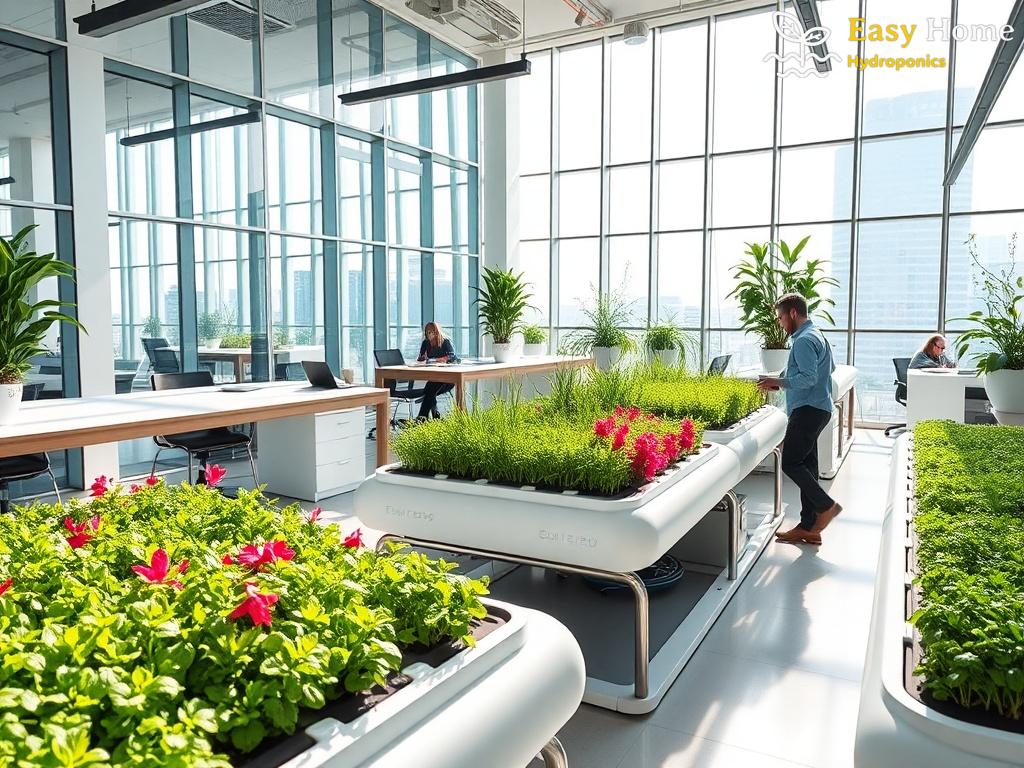Innovative Techniques Reshaping Agriculture
The rise of vertical farming is revolutionizing the way we think about food production in urban settings. As cities expand and arable land diminishes, the shift towards innovative agricultural practices is not just a trend, but a necessity. Vertical farming utilizes stacked layers of crops to optimize space and resources, making it an efficient solution for growing fresh produce in limited environments. This approach is not only changing commercial agriculture but also paving the way for home hydroponics enthusiasts.
Home hydroponics systems are now being influenced by the methodologies established in vertical farming. As technology advances, small-scale growers can adopt sophisticated techniques that were once reserved for large-scale operations. The integration of smart farming technologies, such as automated nutrient delivery systems and environmental sensors, allows home gardeners to replicate the success of vertical farms right in their living rooms.
Environmental Sustainability and Resource Efficiency
One of the most compelling aspects of vertical farming is its commitment to sustainability. By utilizing less water and reducing the carbon footprint associated with transporting food, vertical farms are paving the way for a greener future. Home hydroponic systems are similarly designed to conserve resources while maximizing yield, making them an appealing choice for eco-conscious consumers.
As vertical farms continue to proliferate, they inspire home growers to adopt similar sustainable practices. For example, many home hydroponic systems now feature LED grow lights that mimic natural sunlight, allowing for year-round cultivation without the need for chemical fertilizers or pesticides. This shift towards sustainability not only benefits the environment but also enhances the quality of the produce grown at home.
Key Trends Influencing Home Hydroponics
As vertical farming techniques gain traction, several key trends are emerging that directly impact home hydroponics. Below is a list of these trends that aspiring urban farmers should consider:
- Smart Technology Integration: Utilizing apps and IoT devices to monitor plant health and automate care.
- Community Engagement: Growing interest in urban gardening and sharing resources with local gardening communities.
- Variety of Crops: Expanding the range of crops cultivated at home, from leafy greens to herbs and even fruiting plants.
- DIY Kits: Increasing availability of affordable hydroponic kits for home users, making vertical gardening accessible to everyone.
- Education and Resources: The rise of online courses and workshops focused on hydroponics and sustainable gardening practices.
The consolidation of these trends indicates a future where home hydroponics is not just a hobby but a viable method of food production that aligns with the principles established by vertical farming. As more individuals embrace this form of agriculture, the impact on food security and environmental sustainability becomes increasingly significant.




